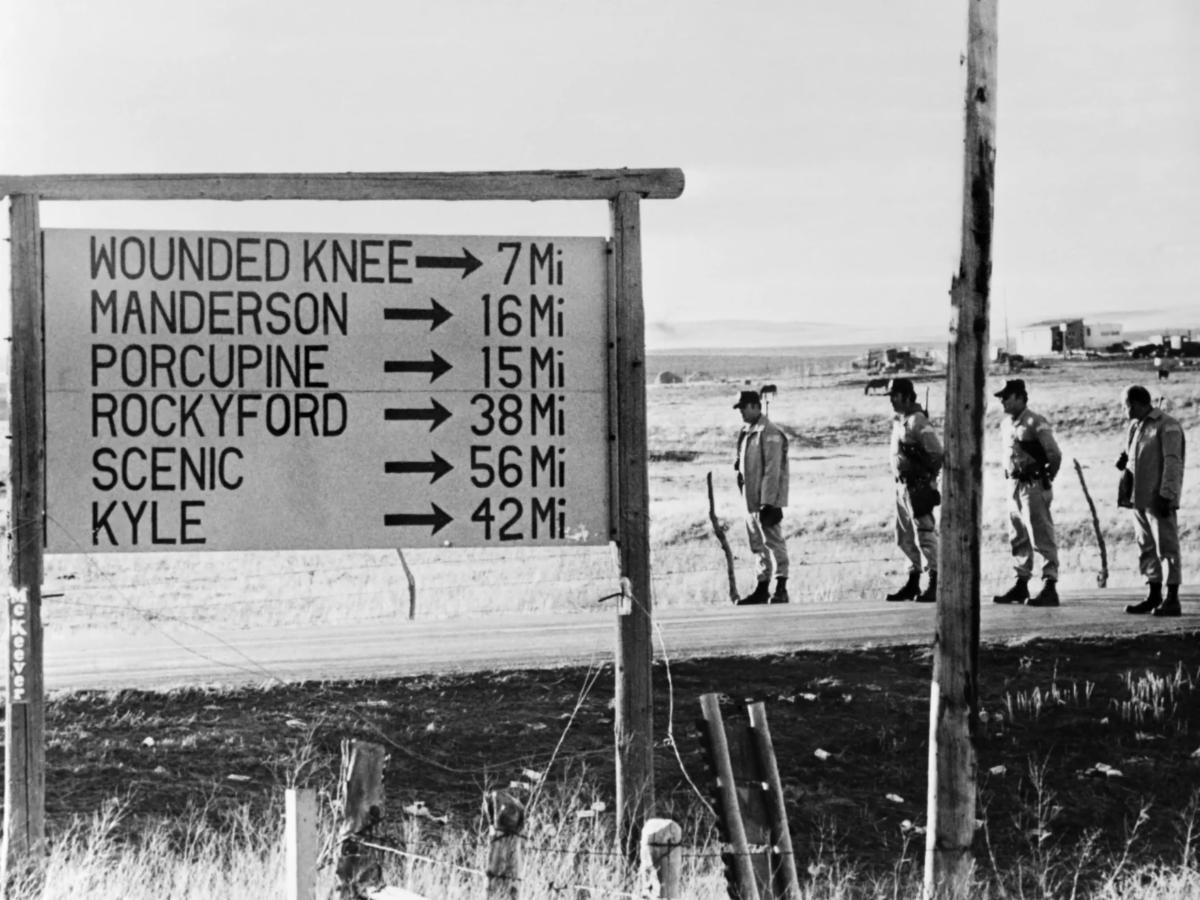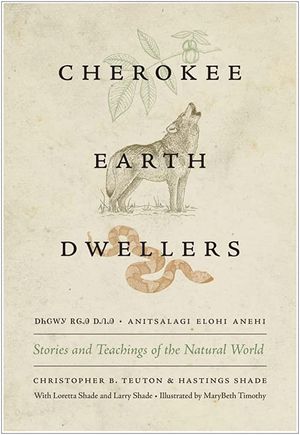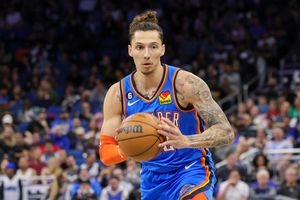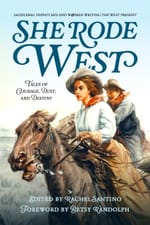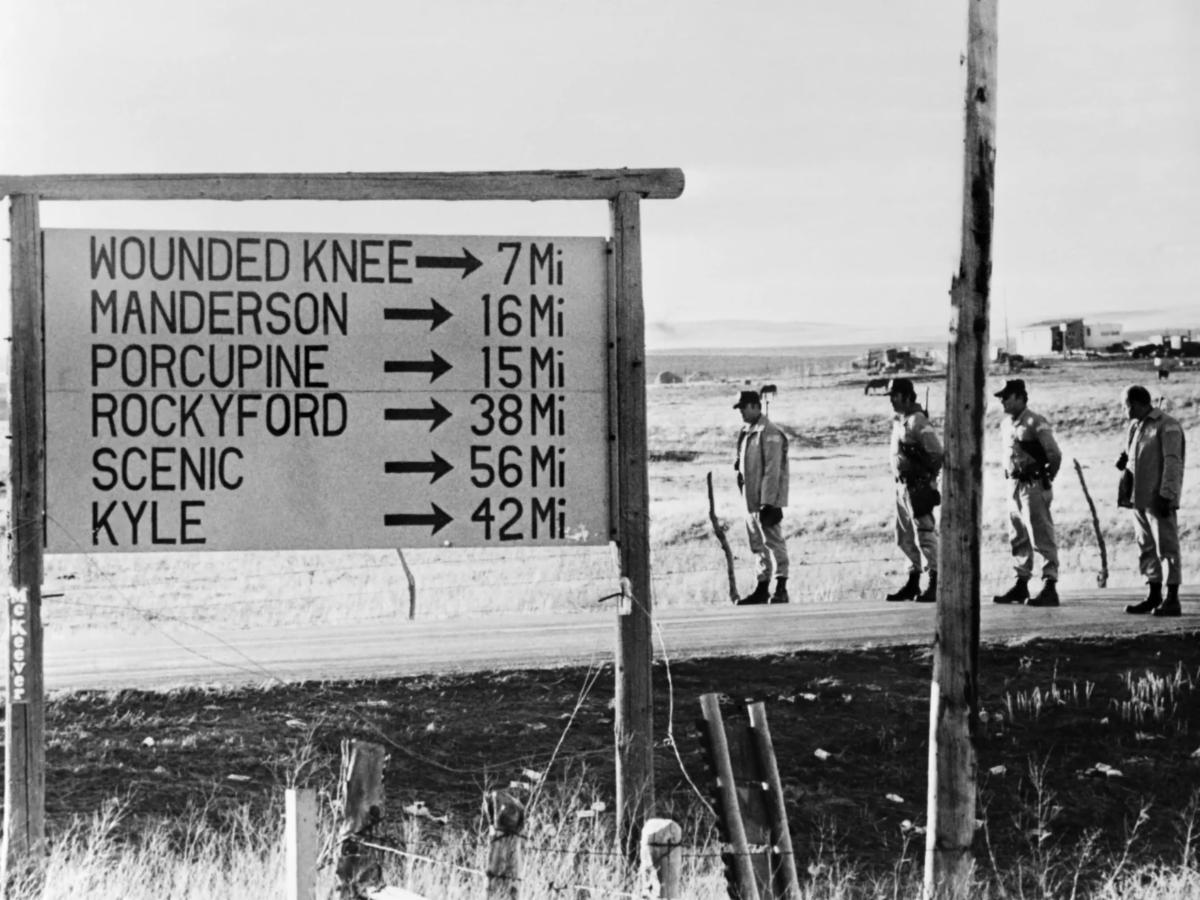
It's been exactly 50 years since hundreds of Native American activists seized the South Dakota town of Wounded Knee, kicking off a monthslong occupation that helped galvanize the movement for indigenous rights across the U.S.
On Feb. 27, 1973, some 200 members of the Oglala Lakota tribe, led by members of American Indian Movement (AIM), occupied the Pine Ridge Reservation village — which was also the site of the 1890 massacre in which federal troops killed as many as 300 Lakota men, women and children.
The activists set out to protest corruption in tribal leadership and highlight the U.S. government's failure to honor Native treaties. They went on to hold the town for 71 days, in what the U.S. Marshals Service calls the "longest civil disorder" in its history.
Journalist Kevin McKiernan, who covered the occupation as a rookie reporter for NPR — even though the federal government had banned journalists from Wounded Knee — recalls AIM co-founder Dennis Banks (Ojibwe and Turtle Clan) citing poverty and police brutality as two of the driving forces behind the movement.
"I remember his quote," McKiernan told Morning Edition. "It was, 'People were in the gutter and they wanted to get up.' They wanted to get up. They wanted to do something. They were desperate."
Federal authorities descended on the reservation, where they exchanged gunfire and negotiations with the protesters. They killed two Native men, Frank Clearwater (Cherokee and Apache) and Lawrence "Buddy" Lamont (Oglala) and wounded and arrested many others. The activists ultimately surrendered on May 8 after officials promised to investigate their complaints.
McKiernan says the image most people have of the occupation is one of violence and guns (of which there were plenty, with the government later admitting to firing some half a million rounds into the area). But he doesn't think that's the whole story.
"The real story, in my mind, were the religious ceremonies that took place inside Wounded Knee," he says. "And this became a kind of laboratory for the hundreds who came there, in getting their religion back, learning some of their language, which led to a revival ... And these are two components of what I would look at as a core identity, language and religion."

The Wounded Knee occupation (which was part of a broader string of Native American protests, including the 1969 occupation of Alcatraz Island) leaves behind a nuanced legacy.
Congress took no major steps to remedy broken treaties, though the Supreme Court ruled in 1980 that it owed the Sioux money for taking its land a century earlier (the tribe has not accepted that compensation, which is now valued at $2 billion). Two AIM leaders, Banks and Russell Means, were arrested on felony assault and riot charges but ultimately acquitted.
The occupation did draw public attention to the federal government's repeated injustices against Native Americans and infringements upon their sovereignty. It helped energize the movement for indigenous rights, and many saw echoes (and even some of the same activists) in the more recent Standing Rock resistance to the Dakota Access Pipeline.
McKiernan — who made a documentary called "From Wounded Knee to Standing Rock: A Reporter's Journey" — says there were other gains from the occupation, like legislation such as the Indian Freedom of Religion Act, the Indian Child Welfare Act and the Native American Graves Protection and Repatriation Act.
But he thinks its legacy is best encapsulated in a story shared with him by a member of the Yuchi tribe, who was 20 years old at the time of the occupation. His grandmother didn't read or speak English, which embarrassed him when he was young and had to do things like order for her at the general store.
"And after Wounded Knee, he realized this was his greatest teacher, that she was a mentor," McKiernan recalls. "And I think that shows you the arc from being on bended knee to standing up straight."
McKiernan spoke to Morning Edition about how he ended up on the reservation, what he learned and how the legacy of the occupation lives on today.

This interview has been edited and condensed for clarity.
Interview highlights
On how he got his historic first assignment
I had never been on an Indian reservation, much less seen someone shot or killed. And this was sort of my graduate school, and it was quite an experience ... I think that one of the motivating factors for the Minnesota public radio station was that I wasn't being paid. And so they said, "Go ahead, we'll give you this NPR card." And they typed it out on a Selectric typewriter and handed it to me and presto, I was a reporter. But of course, I wasn't and didn't really know what I was doing.
On why the federal government banned reporters from Wounded Knee
White House officials and Justice Department officials did that. And the reason was they thought that the press was a kind of oxygen, and if you choked off the oxygen, the confrontation would come to an end. Of course, I don't think they understood very much about Indian Country or about what was going on there, in the sense that they were mostly trained agents for work in urban areas and they weren't familiar with who they were dealing with and the underground railroad that kept it alive on the reservation.
On how and why locals smuggled him into Wounded Knee
McKiernan says a man at a nearby gas station encouraged him to travel some 80 miles away to Rosebud Reservation, the staging ground for weapons and smugglers getting in and out of Wounded Knee.
They were open to ... provide me with a guide and put me on this so-called underground railroad, because they were afraid, as they expressed it, of another massacre once the press was gone and there were no witnesses.
A woman who was eight months pregnant and a man who was not her husband were assigned to drive the '64 Chevrolet that took me over the dirt roads, and I was asked to lie on the back floor so no one would see me. I was brought to a safe house ... about eight miles from Wounded Knee. I had to sit out in the junkyard out back all day — it was in the wintertime — because of passing BIA cars and then when evening came, a bunch of very old men ... came out and asked me to join them in a sweat lodge ... suddenly I had strangers praying for me and my safe entrée to Wounded Knee through the FBI cordon, which was considerable at that time.
... When I tripped on a trip wire going into Wounded Knee at night, on this eight-hour journey with my Indian guide, phosphorescent flares went up in the air and they lit the area in the woods, in the snow, up as if it were noon time. And then FBI agents came out in a four-wheel drive vehicle and came very close. My guide and I were in the ditch, and we could hear the agents talking, but they moved on. And we didn't hit any more wires, and so we made it into Wounded Knee just before dawn.

On why he considers the occupation a spiritual fight, too.
The 1890 massacre victims ... were killed because of their religion ... So, I think that the Indian people, indigenous people, were acutely aware, having had this family tradition passed down to them, that what was considered wrong with them was what they believed spiritually, and, in the language, they used to talk to the creator. And these are the two things they wanted back the most.
... I think what I found out was that the real difference between the image that was projected and what the Department of Justice put out and what Indian people were doing was the sweat lodge and the other religious ceremonies that took place in Wounded Knee.
There were dozens of congressional acts that were passed after Wounded Knee, but ... the first task was to get passed the [American Indian Religious Freedom Act], which was passed a couple of years after Wounded Knee. Now, that's extraordinary. If you're a Catholic, you don't need a congressional act to pray. If you're Jewish or if you go to a temple or if you're Muslim, you don't need a congressional act because your religion is not proscribed. But theirs was. And so, I think that was the real story.
On what he sees as the occupation's legacy
I think that it's the land back movement, like the NDN Collective in South Dakota and Rapid City. And I think that there is a collective or a movement like that on every reservation with every tribe. They're going to get back, to buy back, to get donated — just do it by inches.
These folks were different from the civil rights struggle, which, people back then — the marchers and protesters — were trying to get into the system. They wanted to have equality with housing and jobs and education and so forth. Uh-uh. Indian people were separatists, you might say. They wanted out of the system. They wanted their stolen land back. And I think that's what's going on in every inch of Indian country today.
The audio for this story was produced by Kaity Kline and Paige Waterhouse and edited by Olivia Hampton and Ally Schweitzer.
Copyright 2023 NPR. To see more, visit https://www.npr.org.


